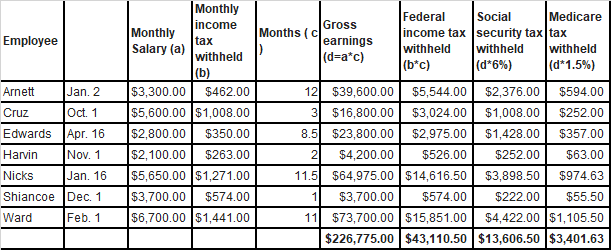Preparation of Bank Reconciliation Statement.
The preparation of a bank reconciliation statement involves comparing the bank statement balance with the cash book balance and reconciling any differences between the two balances. The purpose of a bank reconciliation statement is to ensure the accuracy of the cash book balance and to identify any discrepancies that need to be resolved. The following steps are involved in preparing a bank reconciliation statement:


Comments
Post a Comment